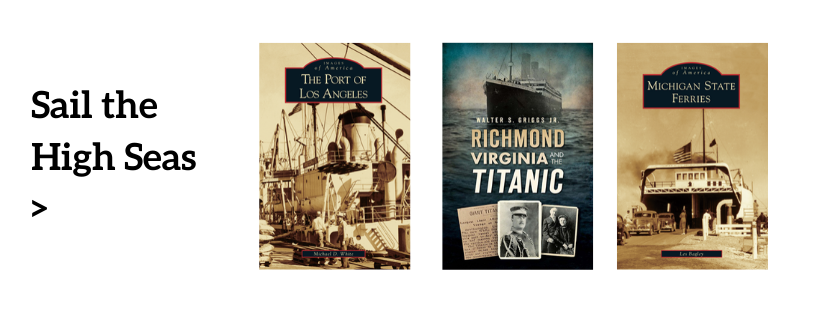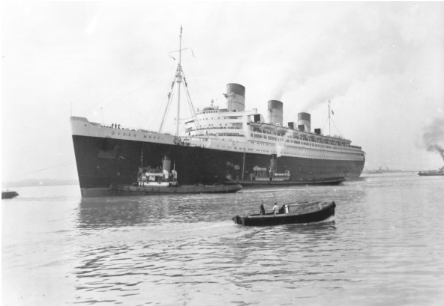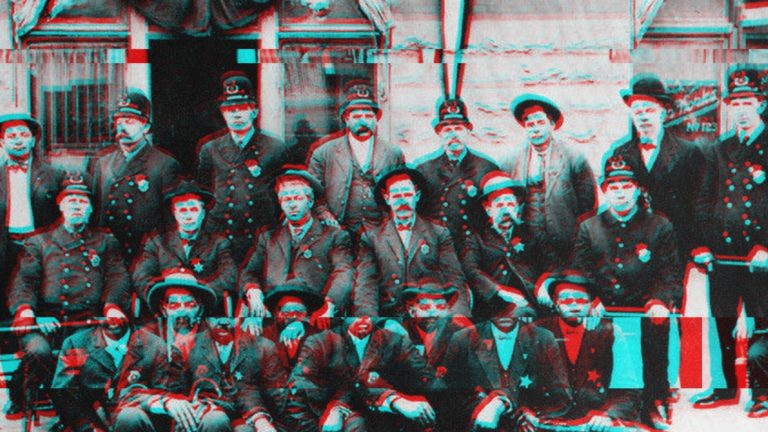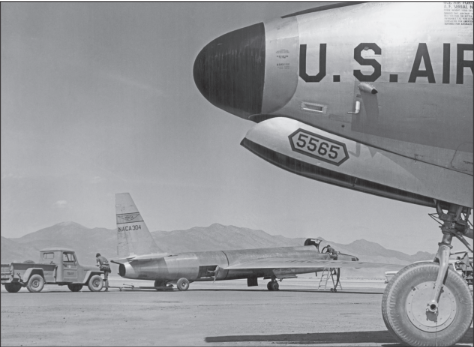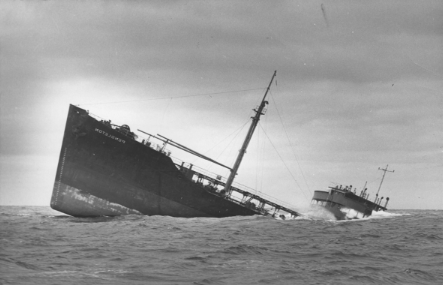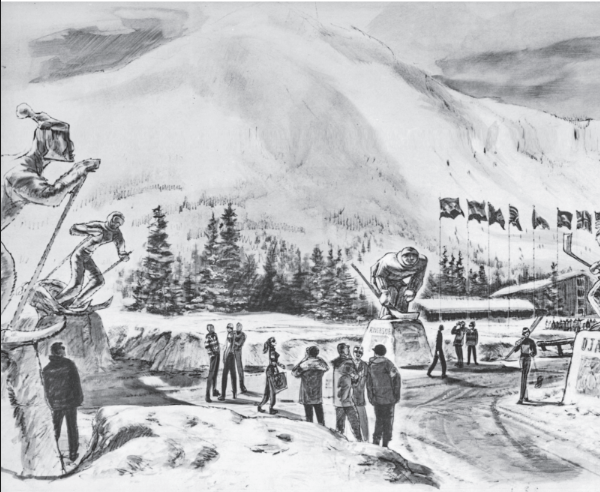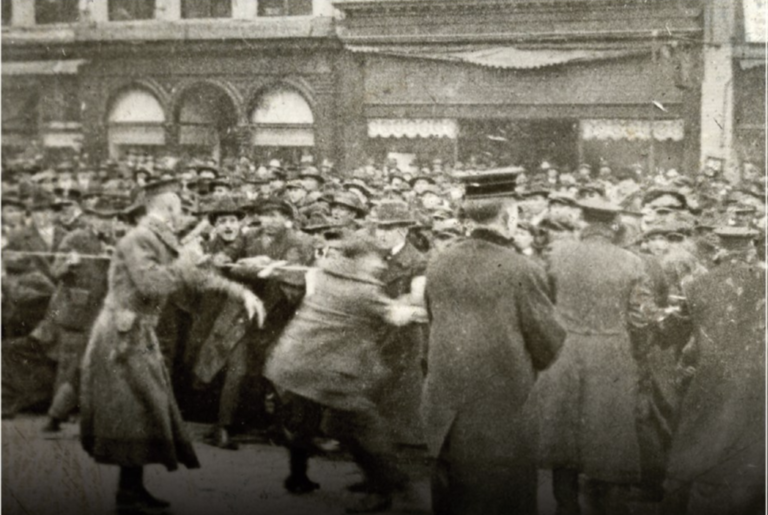For more than three decades, the RMS Queen Mary sailed the North Atlantic. During World War II, the ship worked to defeat Hitler; during times of peace, the Queen Mary was the vessel of choice for the world’s rich and famous.
Now the Queen Mary rests in the Port of Long Beach, spending its retirement hosting tourists and travelers. But there are also persistent rumors and sightings of other visitors — more than six hundred spirits who roam still roam the ship’s Art Deco rooms and passageways.
A haunted ship?

Spirits can pop up in all sorts of places. But the Queen Mary boasts a stocked roster, including the oft-glimpsed White Lady, John Henry, John Pedder, and Grumpy. Almost from the moment the ship docked in Long Beach, stories of the paranormal began to surface. Those working to prepare her for dry dock would tell of seeing strange figures out of the corner of their eyes or would hear conversations where no one was present. Tools would disappear only to turn up somewhere else on the ship and in areas where their owner had never been.

The late psychic Peter James said that there were at least six hundred spirits on board the Queen Mary and possibly more that we have yet to find. The reason for this sudden manifestation of spirits may never be known, but some have speculated that the permanent residents of the Queen Mary knew that their days of sailing the open seas were over and were showing their displeasure; others theorize that the displeasure comes from the wanton destruction of the ship as it was being transformed from ocean liner to tourist attraction. Whatever the case may be, one thing is certain: the spirits aboard the Queen Mary are letting us know they are there, and they are there to stay.
Jackie
Perhaps the most beloved spirit on the ship is that of Jackie.
Peter James first found Jackie, a young girl of about five or six years of age, in 1991 while exploring the Royal Theatre with a film crew. He asked who she was, and she audibly replied, “Meet me in the other pool.” James was confused because he didn’t realize that the room he was in had been the second-class pool during the ship’s sailing days.
Peter did as asked and met Jackie in the first-class pool, and what transpired there has now become part of paranormal legend. Peter conversed with Jackie for over ten minutes, and the whole conversation was caught on camera. This event helped launch Peter into the spotlight and spawned the hit television show Sightings.

Over the intervening years, many have tried to communicate with Jackie, and she has been very free with her time. She has a playful side and likes to have fun with people by playing peek-a-boo from the upstairs balcony. She will allow just a glimpse of herself and then quickly duck down behind the balcony only to appear in another part of the pool to repeat her game.
Many times while people have walked through the pool, they have heard her plaintively calling for her mommy. It is believed that she remains on the ship looking for her mother, but so little is known about this child that one can only speculate.
Friendly Ghosts
Perhaps the lack of any information for this sweet little girl is due to her possibly being part of the war bride cruises. What we do know is that she drowned in the second-class pool and now likes to play in the first-class pool. She does get around the ship, however, and has been seen in many other areas.
The Lady in White has been known to sing to Jackie, and the girl known as Sarah has taken it upon herself to be Jackie’s protector. The ghost known to us as Grumpy seems to have also taken an interest in this child, though why he has taken an interest we have yet to discover.
That’s the nice thing about a ship that may be full of 600 spirits–they can keep each other company.
